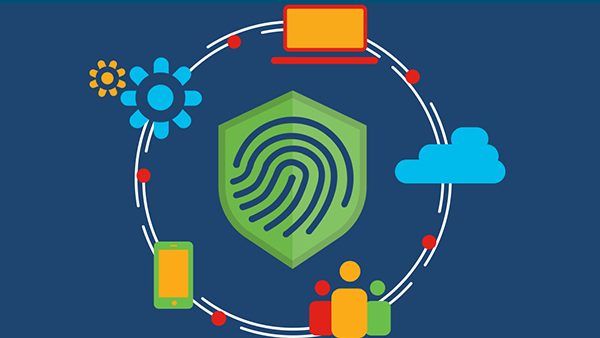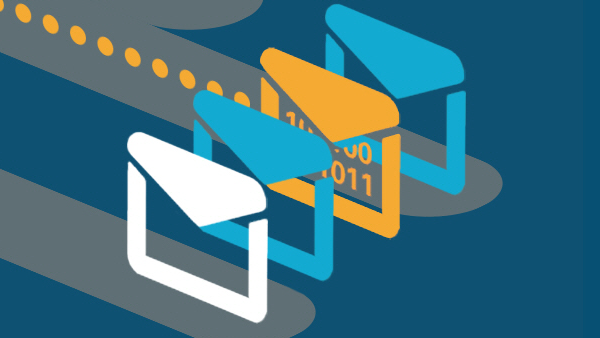- Most common types of phishing attacks
Business email compromise (BEC)
BEC attacks are carefully planned and researched attacks that impersonate an organizational executive vendor or supplier.
Watch Phish and Learn to see why BEC is difficult to detect
View business email compromise (BEC) infographic
Top phishing threats related to BEC
Email account compromise. This is a common type of BEC scam in which an employee's email account is hacked and used to request payments from vendors. The money is then sent to attacker-controlled bank accounts.
Employee impersonation. This type of BEC takes the form of an email scam, in which a bad actor impersonates a trusted internal employee or vendor to steal money or sensitive information through email.
VIP impersonation. This type of attack occurs when a malicious actor sends an email to an unsuspecting victim, using a compromised email of a legitimate company, individual or VIP, asking for payment or funds transfer.
External payment fraud. An email attack is sent to an unsuspecting victim impersonating trusted vendors for invoice payment requests. It is also known as Vendor Email Compromise (VEC).
Internal payment fraud. Using stolen credentials an attacker can gain access to internal payment systems such as payment platforms and set up fraudulent vendors, change payment recipients, or redirect payments to their accounts.
Payroll diversion fraud. Using stolen email credentials, an attacker emails an organization's payroll or finance department requesting a change to direct-deposit information.
Social engineering. Persuasion through psychology is used to gain a target's trust, causing them to lower their guard and take unsafe action such as divulging personal information.
Extortion. Threatening or intimidating action is used to obtain monetary or other financial gain, commonly used in vishing scams.
Malicious recon emails. This looks like legitimate email communication but is actually an email sent by an attacker with the purpose of eliciting a response prior to extracting sensitive user or organizational data.
Credential phishing. A bad actor steals login credentials by posing as a legitimate entity using emails and fake login pages. The bad actor then uses the victim's stolen credentials to carry out a secondary attack or extract data.
Account takeover (ATO)
The methods used by attackers to gain access to cloud email, such as a Microsoft 365 email account, are fairly simple and increasingly common. These phishing campaigns usually take the form of a fake email from Microsoft. The email contains a request to log in, stating the user needs to reset their password, hasn't logged in recently, or that there's a problem with the account that needs their attention. A URL is included, enticing the user to click to remedy the issue.
Watch Phish and Learn to understand how ATO occurs.
Blog: Spotting fake Office 365 emails
Spear phishing
Spear phishing targets specific individuals instead of a wide group of people. That way, the attackers can customize their communications and appear more authentic. Spear phishing is often the first step used to penetrate a company's defenses and carry out a targeted attack. According to the SANS Institute, 95 percent of all attacks on enterprise networks are the result of successful spear phishing.
Tips to stop phishing (PDF)
Blog: How to identify a spear phish
Whaling
When attackers go after a "big fish" like a CEO, it's called whaling. These attackers often spend considerable time profiling the target to find the opportune moment and means to steal login credentials. Whaling is of particular concern because high-level executives have access to a great deal of sensitive organizational information.
Voice phishing (vishing)
Voice phishing, or vishing, is a form of social engineering. It is a fraudulent phone call or voice message designed to obtain sensitive information such as login credentials. For instance, the attacker might call pretending to be a support agent or representative of your organization or a subscription service. New employees are often vulnerable to these types of scams, but they can happen to anyone—and are becoming more common. Deploying spam call-blocking software is a common tactic to prevent these types of calls.
SMS phishing (SMiShing)
Text message, or SMS phishing, can come through random broadcast text messages or portray a known coworker in your organization. Sometimes SMIShing messages contain a link or can request you to take immediate action. Either way, if you don't recognize the mobile number, delete the message. If you are ever unsure, call the individual using a valid phone number to make sure the task is legitimate.
Angler phishing
Angler phishing is similar to vishing, but instead of a phone call, attackers reach out by direct messaging on social media platforms. Victims are targeted by fake customer service agents. These attacks have even tricked professional anti-scammers, so don't underestimate the efficacy of this method.
As phishing has evolved, it has taken on a variety of names—including spear phishing, smishing—and phishing attacks come through a variety of channels, including compromised websites, social media, fake ads, QR codes, attachments and text messages.












